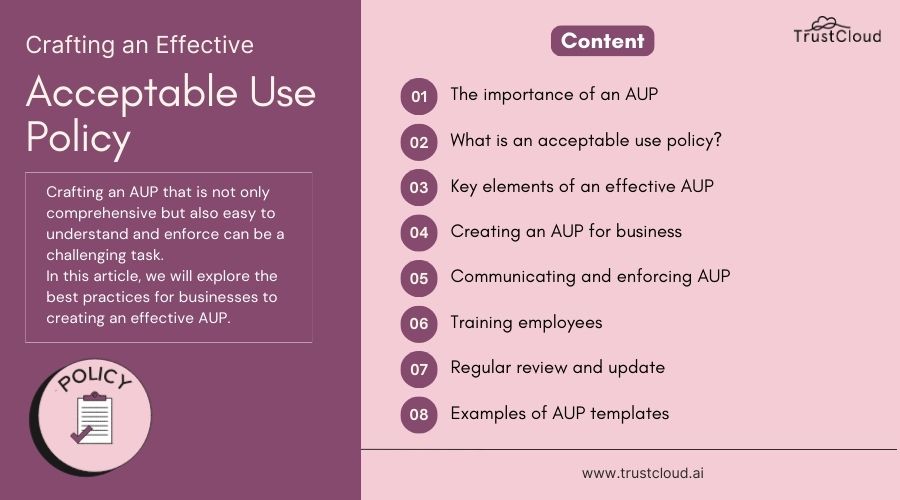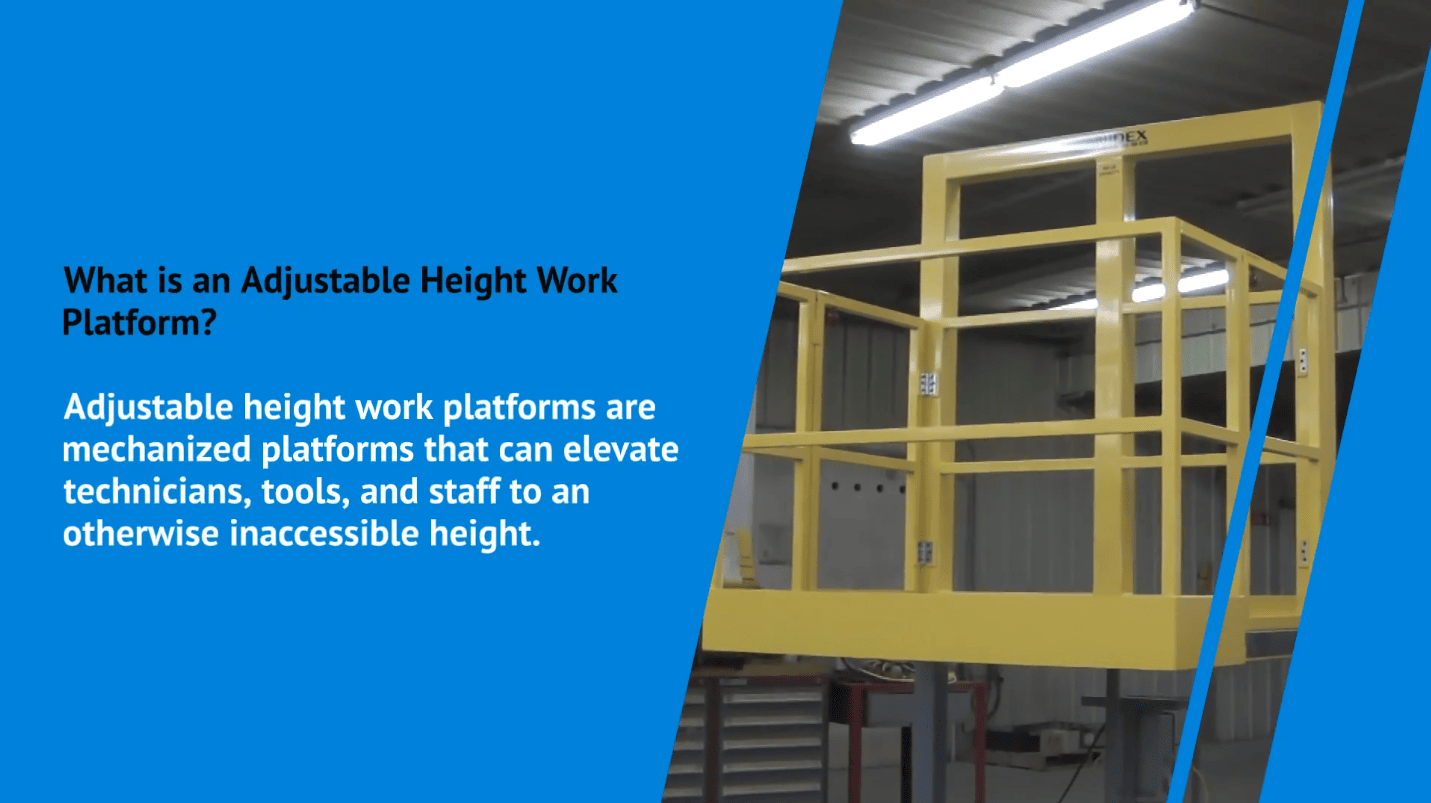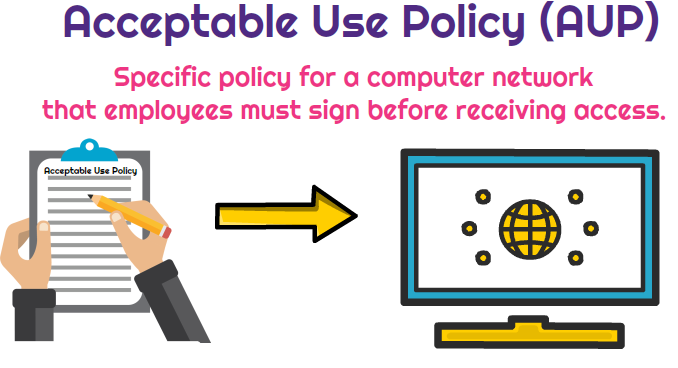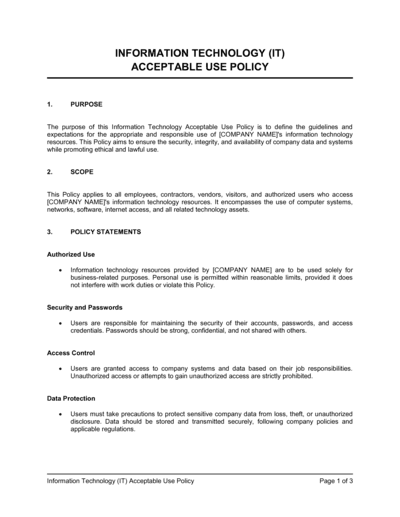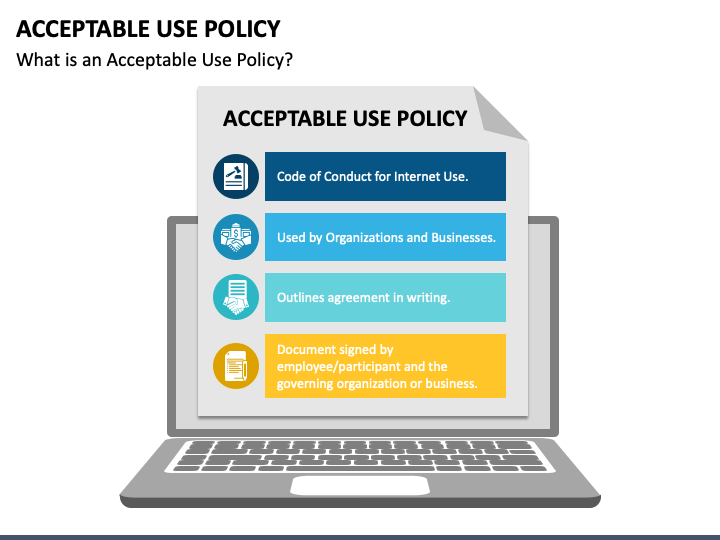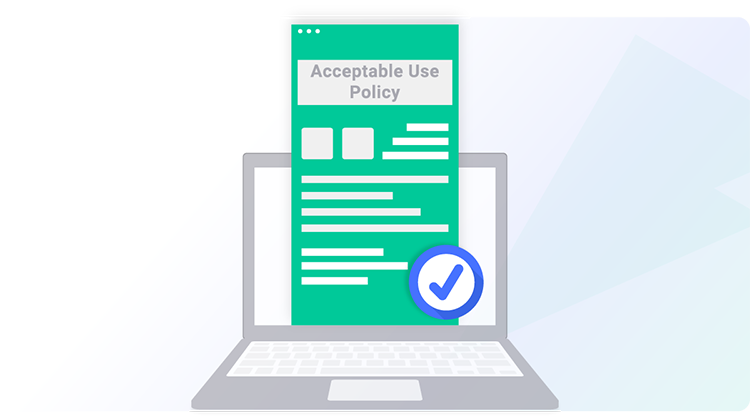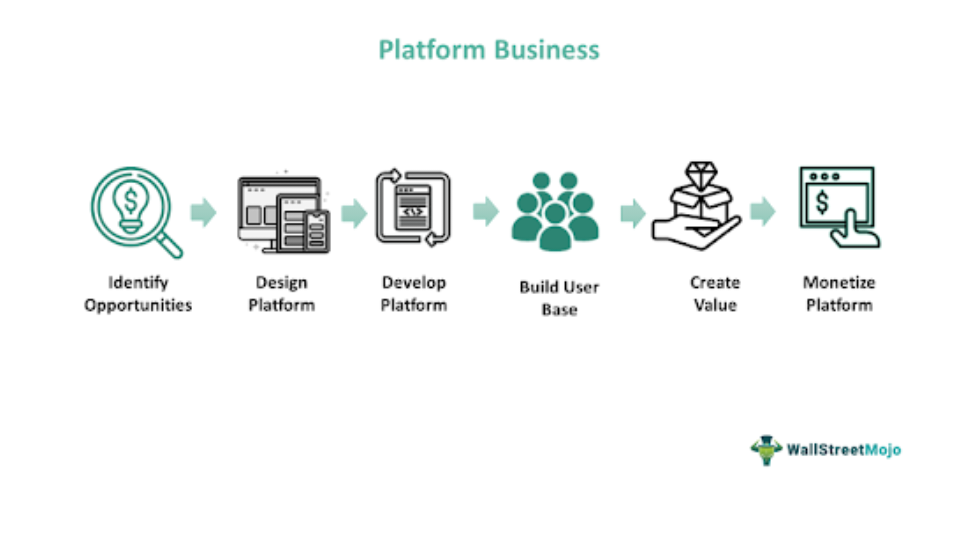When Is It Acceptable To Use A Personnel Platform
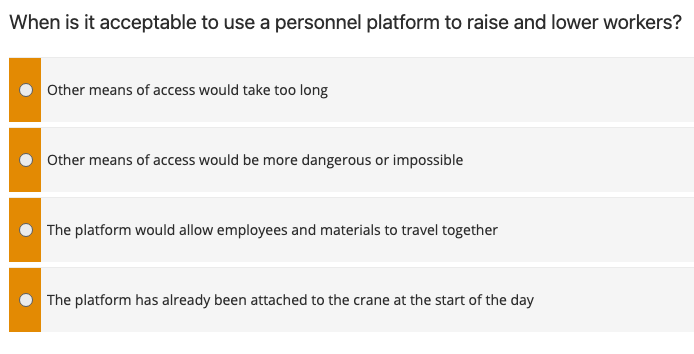
Organizations face critical decisions regarding personnel platform utilization, with improper deployment leading to legal repercussions and reputational damage. This article details the acceptable use cases for these powerful tools.
Personnel platforms, designed to streamline HR processes, must be deployed ethically and legally, respecting employee privacy and adhering to labor regulations. Understanding the 'when' is crucial to avoid costly missteps.
Acceptable Use Cases: Streamlining Operations & Enhancing Efficiency
Performance Management: Personnel platforms are essential for tracking employee performance against pre-defined goals.
This includes performance reviews, goal setting, and providing constructive feedback, according to a 2023 SHRM study.
Recruitment & Onboarding: These platforms significantly expedite the hiring process.
They manage applications, conduct initial screenings, and automate onboarding tasks, reducing time-to-hire by an average of 20%, as reported by Gartner.
Training & Development: Organizations can utilize these platforms to deliver targeted training programs and track employee progress.
This ensures employees possess the skills necessary to perform their roles effectively and adapt to changing business needs, increasing employee engagement by 15% based on internal data from Deloitte.
Time & Attendance Tracking: Accurate time and attendance records are crucial for payroll accuracy and labor law compliance.
Personnel platforms automate this process, reducing errors and minimizing the risk of wage-related disputes, with studies showing up to 5% reduction in payroll errors, according to ADP.
Benefits Administration: Employees can manage their benefits enrollment and access relevant information through self-service portals.
This reduces administrative burden on HR staff and empowers employees to take control of their benefits, leading to higher employee satisfaction as reported by Mercer.
Employee Data Management: Centralized storage of employee information ensures data accuracy and facilitates reporting.
However, stringent security measures are paramount to protect sensitive personal data and comply with privacy regulations like GDPR and CCPA.
Unacceptable Use Cases: Crossing the Line into Illegality & Ethical Breach
Discrimination: Using platform data to make discriminatory decisions based on protected characteristics is strictly prohibited.
This includes bias in hiring, promotion, or termination decisions, leading to legal action and reputational damage.
Surveillance Without Consent: Monitoring employee activity without their knowledge or consent is a serious violation of privacy.
This is particularly relevant for platforms that track employee communication or location, demanding transparency and adherence to legal guidelines regarding workplace monitoring, says legal expert Jane Doe.
Retaliation: Using the platform to punish employees for exercising their legal rights is unlawful.
This includes retaliation for whistleblowing or participating in union activities, potentially leading to lawsuits and severe penalties.
Health Information Violations: Accessing or using employee health information for employment decisions is a breach of privacy.
This violates HIPAA regulations and other privacy laws, leading to significant fines and legal consequences.
Background Checks Without Authorization: Conducting background checks without proper authorization and disclosure is illegal.
Employees must be informed about the scope of the background check and provide their consent, otherwise it is illegal based on legal expert, John Smith.
Automated Decision-Making Without Human Oversight: Relying solely on automated algorithms for critical HR decisions can lead to unfair or discriminatory outcomes.
Human oversight is essential to ensure fairness and prevent unintended biases. AI-driven platforms should be carefully monitored, as warned by the EEOC.
Key Considerations for Ethical & Legal Platform Usage
Transparency: Be open with employees about how the platform is being used and what data is being collected.
This builds trust and reduces the risk of legal challenges.
Consent: Obtain explicit consent from employees before collecting or using their personal data, especially for sensitive information.
Maintain detailed records of consent to demonstrate compliance.
Data Security: Implement robust security measures to protect employee data from unauthorized access or breaches.
This includes encryption, access controls, and regular security audits.
Compliance: Stay informed about relevant labor laws and regulations and ensure the platform is configured to comply with these requirements.
Consult with legal counsel to address any compliance concerns.
Training: Provide thorough training to HR staff and managers on the ethical and legal use of the platform.
This ensures that the platform is used responsibly and in accordance with company policies.
Regular Audits: Conduct regular audits of the platform's usage to identify and address any potential issues.
This helps to ensure ongoing compliance and prevent future violations.
Next Steps & Ongoing Developments
Organizations must conduct thorough reviews of their personnel platform usage policies and practices.
They must also ensure compliance with evolving data privacy laws and ethical considerations.
Ongoing monitoring and adaptation are essential to navigate the complex landscape of personnel platform utilization.
Failure to do so can result in significant legal and reputational consequences, according to a statement issued by The Department of Labor.






